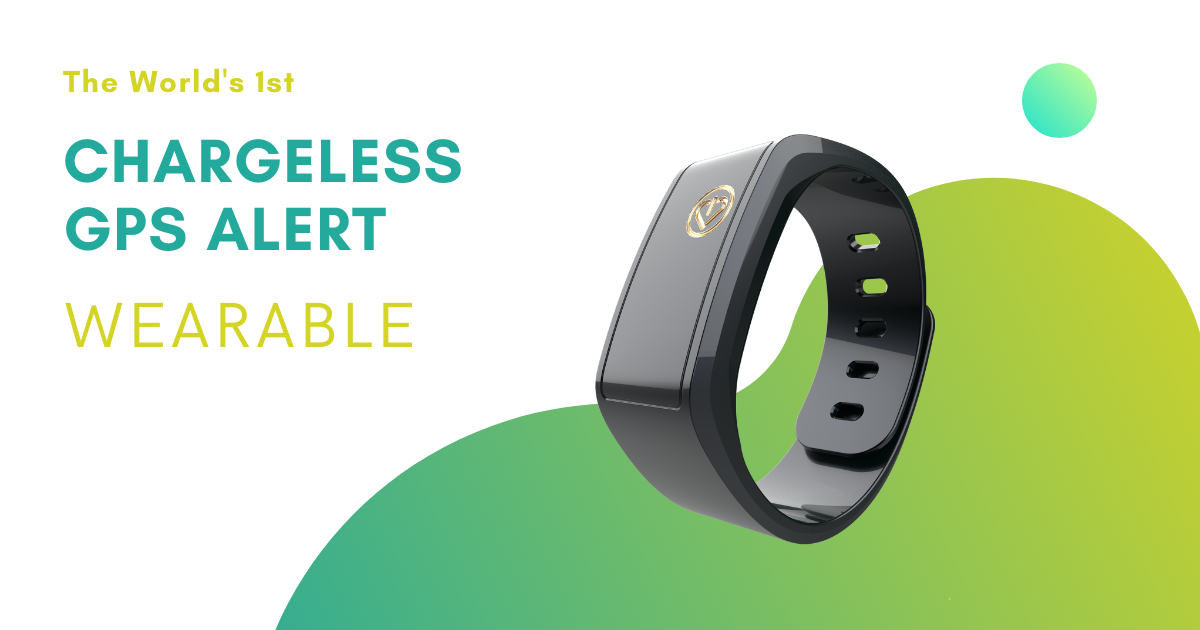When you learn to fly a plane they teach you to know how far you can glide to land (No engine) and to ALWAYS have that in mind, so you know what you can reach to land (watch SULLY). Bike riding can be the same. Always know how and where you can bail out.
Places that most accidents occur and you should have a bail out plan:
1) Intersections
2) Merges: lanes and driveways and parking areas.
3) Any change of surface: manhole covers, wood plank, loose gravel, sand, moisture,
4) Changes in temperature: Creek beds, bridges because of frost or water stays there and slime builds, shade areas.
5) Cars passing: Either direction.
6) Mechanical failures.
Simply SLOW DOWN. It is real easy to get moving again on an e-bike.
IMO all new riders should get a set of cones and setup a slalom course on pavement, grass and gravel. Practice dismounting, stopping fast, going slow, going slow to a near stop and then moving again, changing surfaces (road to gravel). Put any loads on your bike and repeat. Once you can do this, you can bail out with confidence because you know how fast you can do it and how the bike will behave.
Today I rode my loop (15 miles), I know every bump and cold or dark place, I was passed by 5 cars total, for two of them, I slowed down and rode into a driveway or off the road into grass, while they passed in the other far lane. They appreciated it. In our area, it is custom to wave to all traffic, so I do that too. Also ride with a small front and rear light on.
Unless you know how to ride a bike, an e-bike is a bit like going from a hand saw to a power skill saw. You are going to get into a lot more situations, and a lot faster into them. "Skill" being the key point. What could go wrong? Best to your healing, OP.
Hope that helps.

